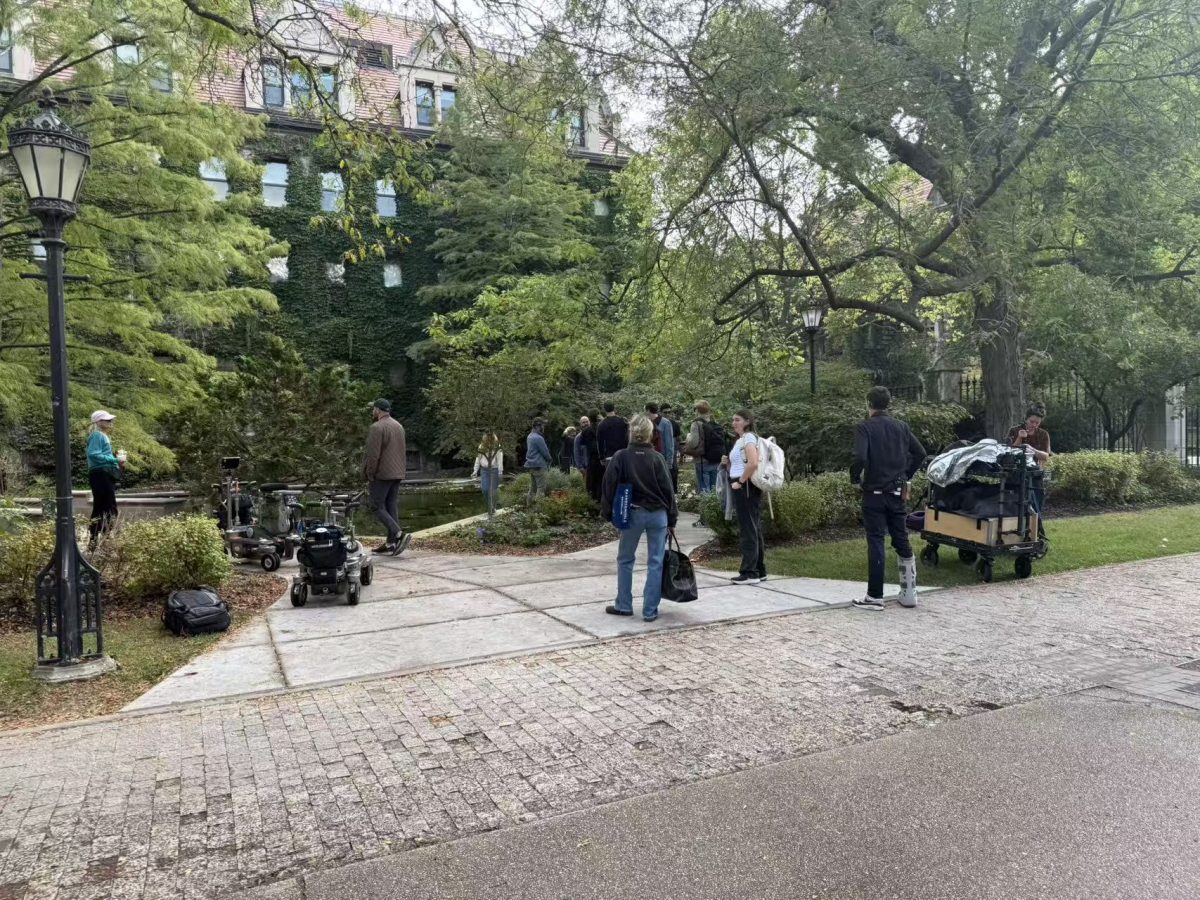Community members in Hyde Park are criticizing a new zoning amendment proposed by the University that could leave several historical buildings on Woodlawn Avenue open to demolition, arguing that it lacks transparency and local input.
The University’s draft amendment would add 16 buildings it owns to a zoning agreement it has with the city.
The agreement, Institutional Planned Development 43 (PD), would include four buildings on Woodlawn Avenue between 57th and 58th Streets, in order to provide space for the William Eckhardt Research Center, the Becker Friedman Institute, Child Care West, and for the relocation of the Seminary Co-Op Bookstore to McGiffert House.
The University announced the proposed amendment at a meeting with the community in the International House auditorium on October 6. More than 100 members of the community attended and expressed concern with the ambiguity surrounding the stipulations of the new zoning changes.
The University has delayed submitting the PD amendment to the City of Chicago Plan Commission (CCPC) for review, making public only a short statement of intentions to the community. The paragraph-long statement, taken from the amendment, declares the University’s general intentions for the 12 of 19 existing buildings it owns along the 5700 block of Woodlawn Avenue. Neighbors of Woodlawn and University Avenues have been urging the University to put in writing the specific ways they intend to preserve the historical area.
“The private residences that you own today, you haven’t done the simplest thing to keep them consistent with the nature of the neighborhood,” Bruce Halbeck, a Woodlawn Avenue resident said in a YouTube recording of the October 6 public meeting.
Community activist and preservationist Jack Spicer, who is on the board of the Hyde Park Historical Society, has organized concerned members of the community to hire an attorney to propose making the section of Woodlawn and University Avenues between 55th and 58th Streets a new historic district.
“A landmark district would be the best way to protect historic houses from demolition or substantial disfigurement. There are other ways that this might be done, but a landmark district would be the most secure protection,” Spicer said.
Fifth Ward Alderman Leslie Hairston said that since the inception of the CCPC, no planned development has passed without the local alderman’s approval.
“From my understanding, and from inferences that were made Thursday night at the community meeting, is that the intention of the University is to construct [PD 43] so that they could tear down the historic buildings that they own on the block, and they could build buildings up to seven stories tall,” Spicer said. “The City could say no, but that’s not likely unless Hairston says no.”

“A lot of things that you hear—’Oh there’s going to be skyscrapers’—that’s not true, nor could they do it under the PD without City approval,” Hairston said.
The University has agreed to hold another community meeting before they submit their proposal to the CCPC, though a date has not yet been set.
The University’s Director of Civic Engagement, Ellen Sahli, noted that the PD amendment is silent on demolition. “There is some really important language that we have put on the table and are working with the City on that really does speak to our intentions around this important part of our campus,” she said.









